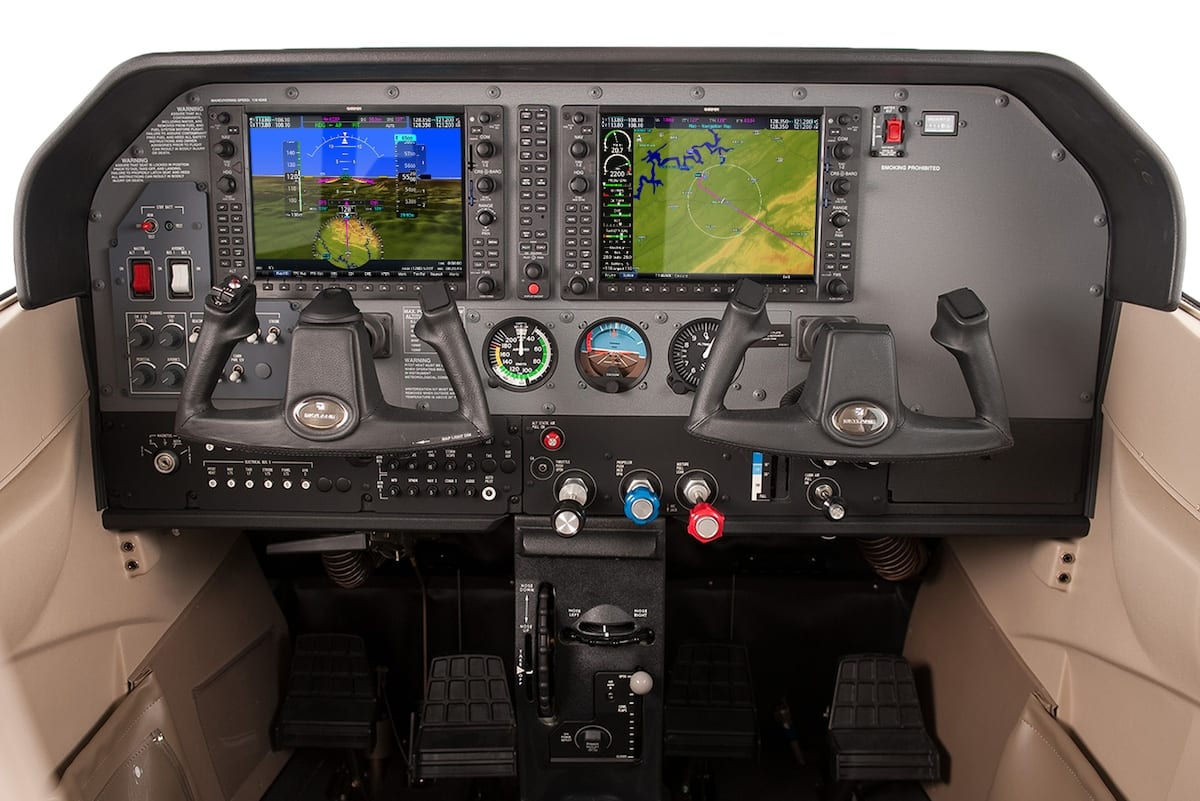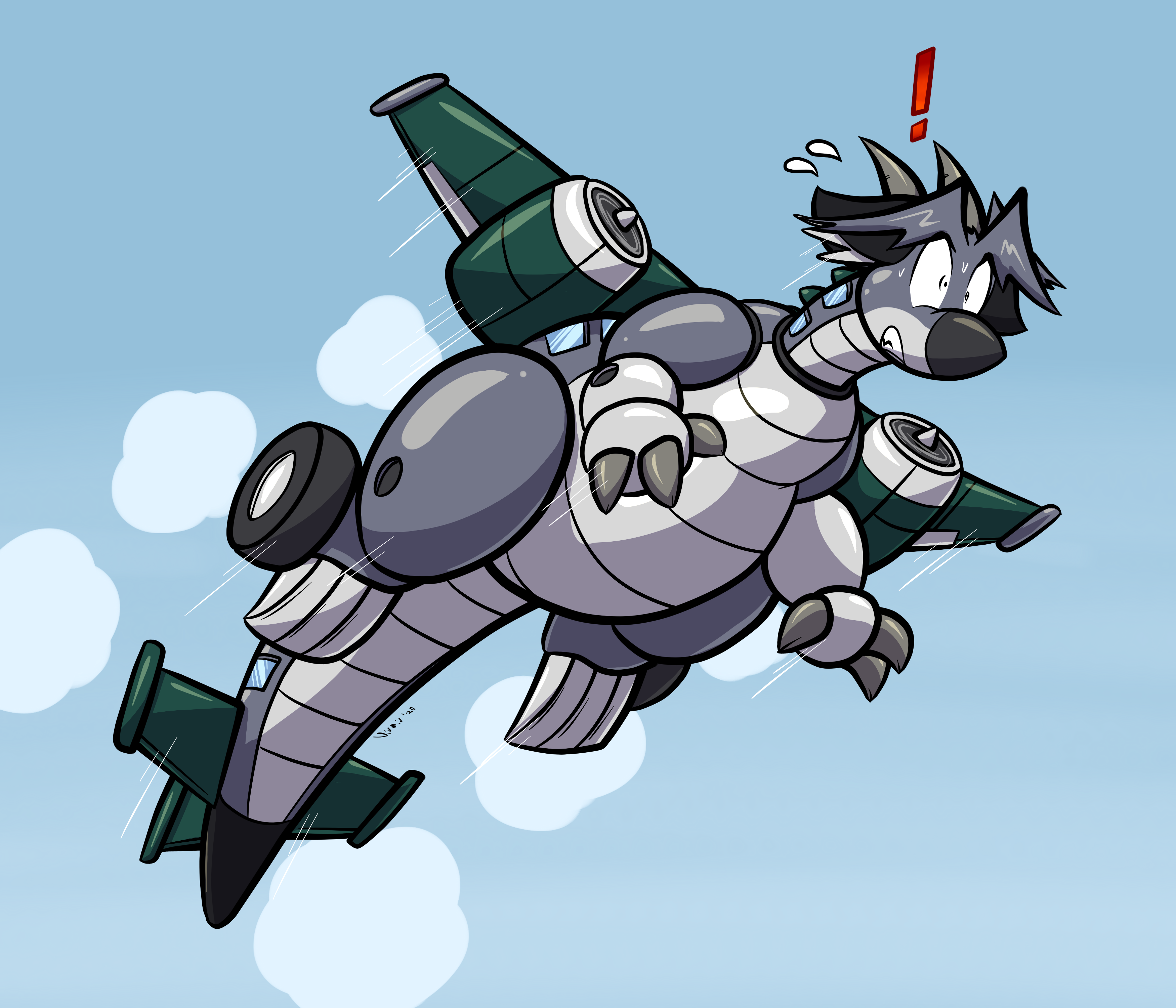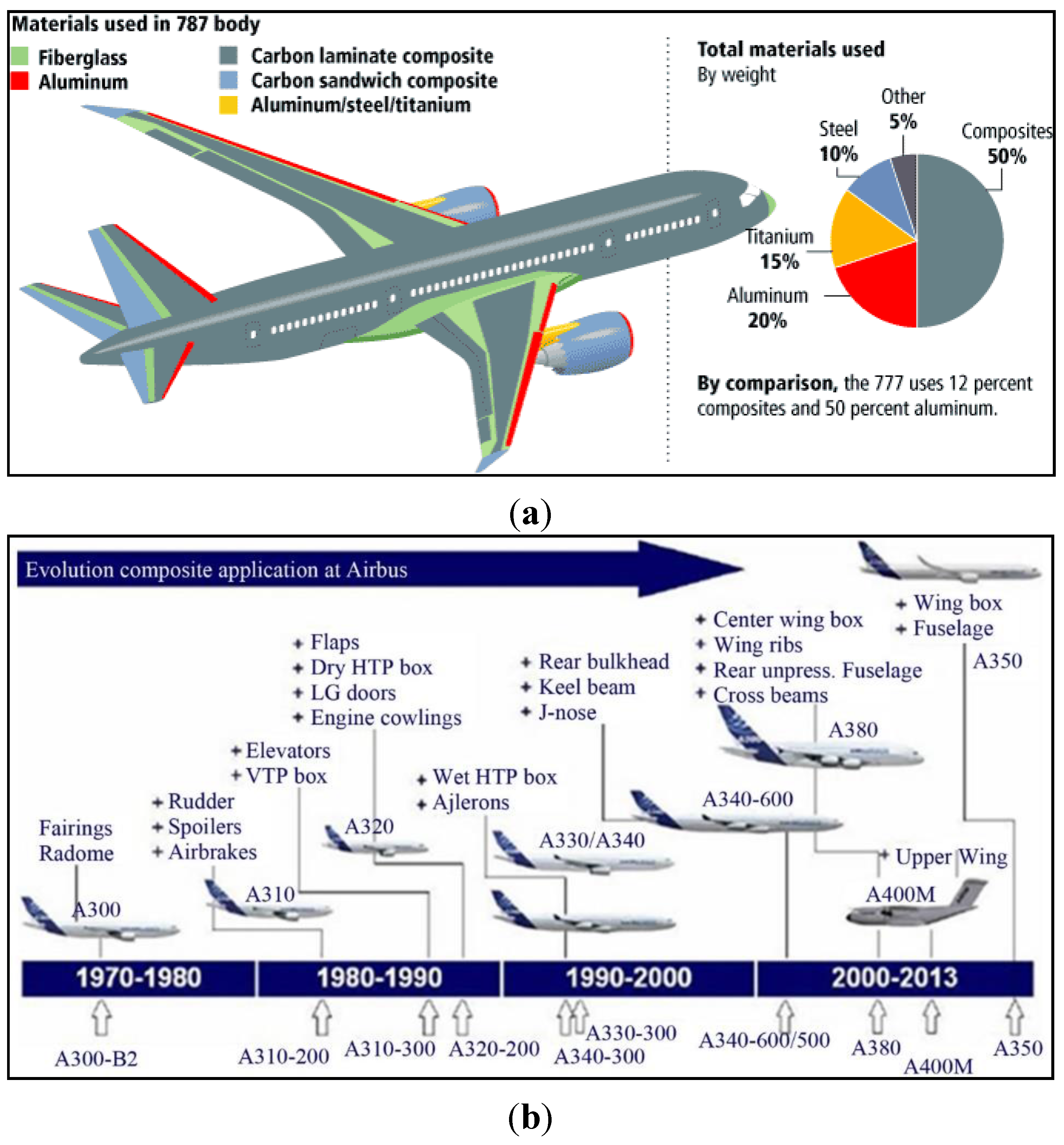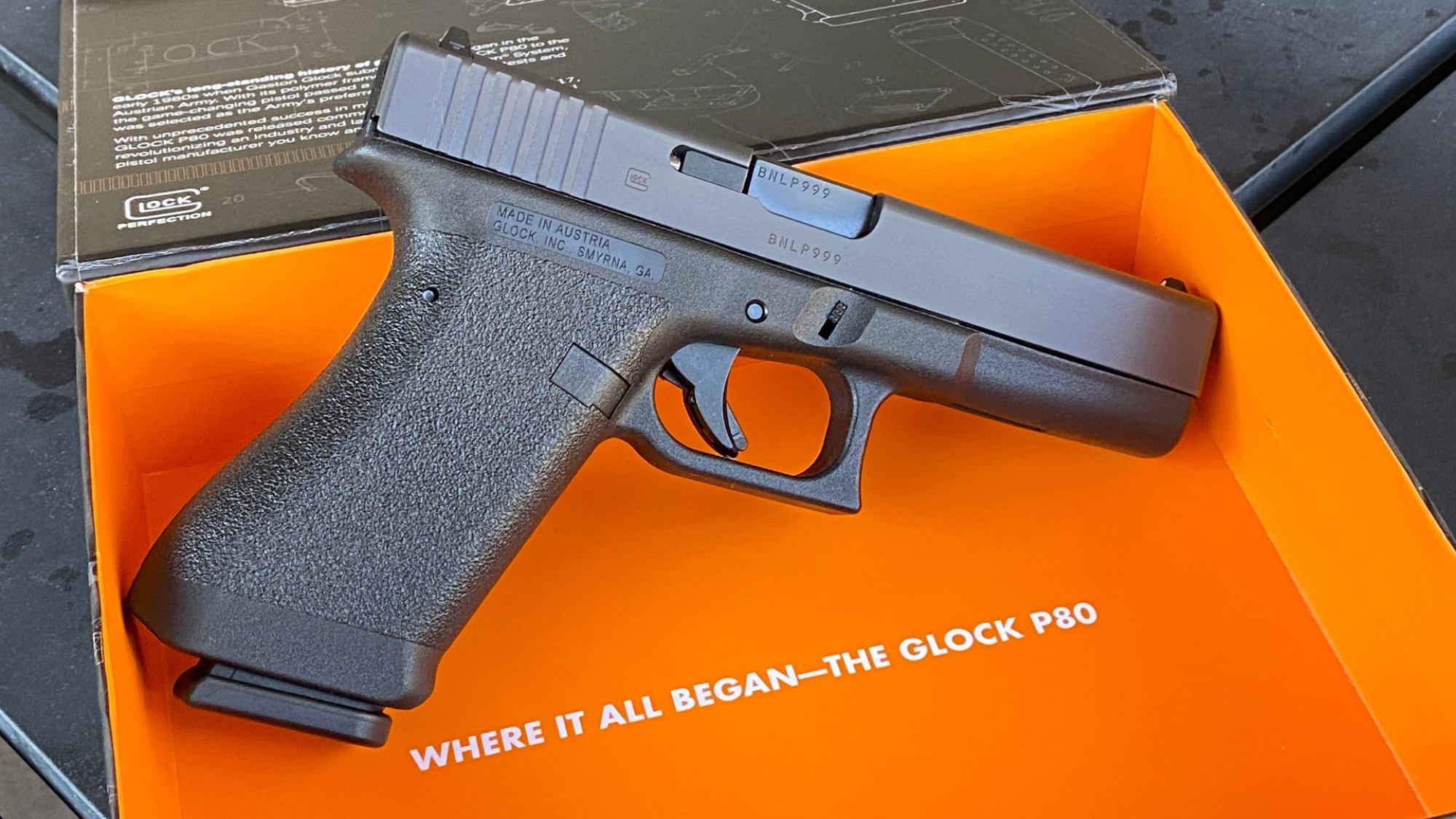Aircraft Cost Calculator - Aviation's most powerful operational costing application is here. Aircraft Cost Calculator frees you to offer a mobile solution that can be accessed from your desktop anywhere in the world. Designed for owners, operators, flight departments, financial institutions and charter operators. The Aircraft Cost Calculator enables users to determine the actual operating costs of hundreds of airplanes and helicopters in our database.
Pre-loaded data (fully editable by user) based on actual costs for owners, operators and fleet managers accessible on any device.
Aircraft Cost Calculator

You can generate in hours the accurate and detailed reports you need to make important and informed decisions about the true cost of flight operations.
Aircraft Cost Calculator, Llc
ACC is an intuitive global web application that allows users to easily track actual aviation expenses designed for private owners, commercial operators, fractional owners, flight departments, financial institutions and charter operators.
"I am happy to refer you to Jack Prewitt for your service which we have found to be accurate, direct and truly beneficial to our clients. Please feel free to use my name or any interested broker to call me. This is a great product. ."
"When comparing two aircraft on a particular mission the results were +/-3%.
"ACC was instrumental in building my business model and evaluation process. Without your data, I don't think I would have ever convinced myself and the people who support me to do this."
Costs Of The Conflict Calculator
Available configuration options include one or two stretchers, the ability to carry an incubator, and options for additional medical equipment. ...
"This Grand Caravan EX will proudly fly the skies of Brazil and connect our 158 destinations, many of which are made possible by the aircraft's usability and flexibility," says Flavio Costa, Azul's CTO and Azul Connecta President. ...
The shipbuilder says it has 12 TBM series vessels in Switzerland following the handover to Swisscote Group's Paolo Buzzi. ...This article on Sky's Cessna Operating Cost Calculator is excerpted from his magazine article and webinar, which includes a free airplane cost of ownership calculator. You can use this as the basis for the Cessna 172 Operating Cost Calculator or any other Cessna aircraft.
One of the topics I always talk about in my seminars is the cost of ownership. Many believe that flying is a very expensive hobby. In some cases, it is. But in the grand scheme of things, aviation isn't much different from some of the other pastimes people participate in. Let's talk about boating. I have been a boater all my life. Boats cost money.
Universal's Lpv Payback Calculator Helps Support Avionics Upgrades
In fact, I was looking at new pontoon boats and some retailing over $100,000. Also, you can burn fuel, there are extras for the boat, and if you put it on a slip on the lake, a slip fee. In my neighborhood you can rent a 12-foot-by-28-foot slip for about $3,000 for a six-month season. That's $500 a month. If you have a bigger boat it is more expensive and includes electricity and water. Compare that to hangar rentals, and most of us can fly year-round.
Your flying season may be the same as your boating season (12 months), but for most of us, it's longer than the boating season. Think bots aren't a good comparison? Consider buying a new Harley. Sure, you can get one for under $10,000, but the average fully loaded bagger bike will be closer to $30,000. I could buy a Cessna 172 or a Piper Cherokee 140 for that kind of money. I can still fly year-round.
Everything I get is worth the money. It's about what you buy, how much you use, and your attitude about spending. If you go into airplane ownership with an open mind and set some basic standards, it can be a rewarding experience. Education is key. Know what you're getting and understand where the cost of ownership lies and you won't be surprised. Oh, and "How do you own a plane?" You don't feel guilty when someone says something about it. (Besides, it's none of their business). I have written about whether one should buy or rent in previous columns (July 2018 issue). I think ownership starts there.
If you don't fly much or aren't in the financial position to buy a Cessna 150 or Cherokee 140, leasing is an option. So are flying clubs. The lease or buy question has plagued the aviation world for years. As pilots, renters and owners, there is no question. The answer is yes
Air India: Air India Sold 5 Boeing Planes At 'significantly' Low Cost: Cag
, you should always buy, this is the only option! However, if you ask any aircraft owner who has been through a catastrophic failure that cost thousands of dollars or more, they will tell you that leasing would have been their choice at that particular time.
Don't let the fact that you don't own a plane make you feel like a pilot! The goal is to fly whenever you can, and if the best way is to charter or become a member of a flying club, that's still part of aviation. Without people chartering planes, we wouldn't have the general aviation market we have. But if you already own a Cessna 150 or Cherokee 140, how do you know when to upgrade to something bigger and faster? The answer is you shouldn't, and sometimes you have to rent for that purpose.
Buying an airplane (your first or fifth) is an emotional affair. Emotions are one of the main drivers of financial distress for buyers. With the purchase of a new home comes the excitement of ownership. Buying any aircraft can be an exciting time. It is also a huge financial burden. For those reasons (emotional and financial) I think it's important for shoppers to plan ahead when shopping and decide what they can buy and how much they can spend. Basically, I think there are three parts to figuring out your costs.
Variable costs are perhaps the most important of the three. Twin engine airplanes are a good example to illustrate this. You can buy a cheap, sophisticated twin-engine airplane, tie it up and not buy insurance, and you still can't fly it. I once had the opportunity to buy a very cheap Cessna 401, but my mechanic estimated that it would cost $50,000 a year to maintain and operate. Oops
How Much Is A Private Jet: Hourly Rates And Purchase Price
Scott "Sky" Smith is a nationally recognized author and speaker. Author of "How to Buy a Single Engine Airplane" and "How to Buy a Skymaster". He is a single and multi-engine pilot with over 30 years of experience. Smith also owns Sky Smith Insurance Agency. Learn more at SkySmith.com.
Receive the free newsletter by clicking here or above, and choose your download: 172 Owners Guide, 182 Owners Guide or Digital Magazine.
Aircraft operating cost calculator, aircraft insurance cost calculator, aircraft financing calculator, aircraft value calculator, aircraft cost of ownership calculator, aircraft loans calculator, aircraft cost per hour calculator, aircraft calculator, aircraft insurance calculator, aopa aircraft finance calculator, aircraft ownership cost calculator, aircraft direct operating cost calculator












